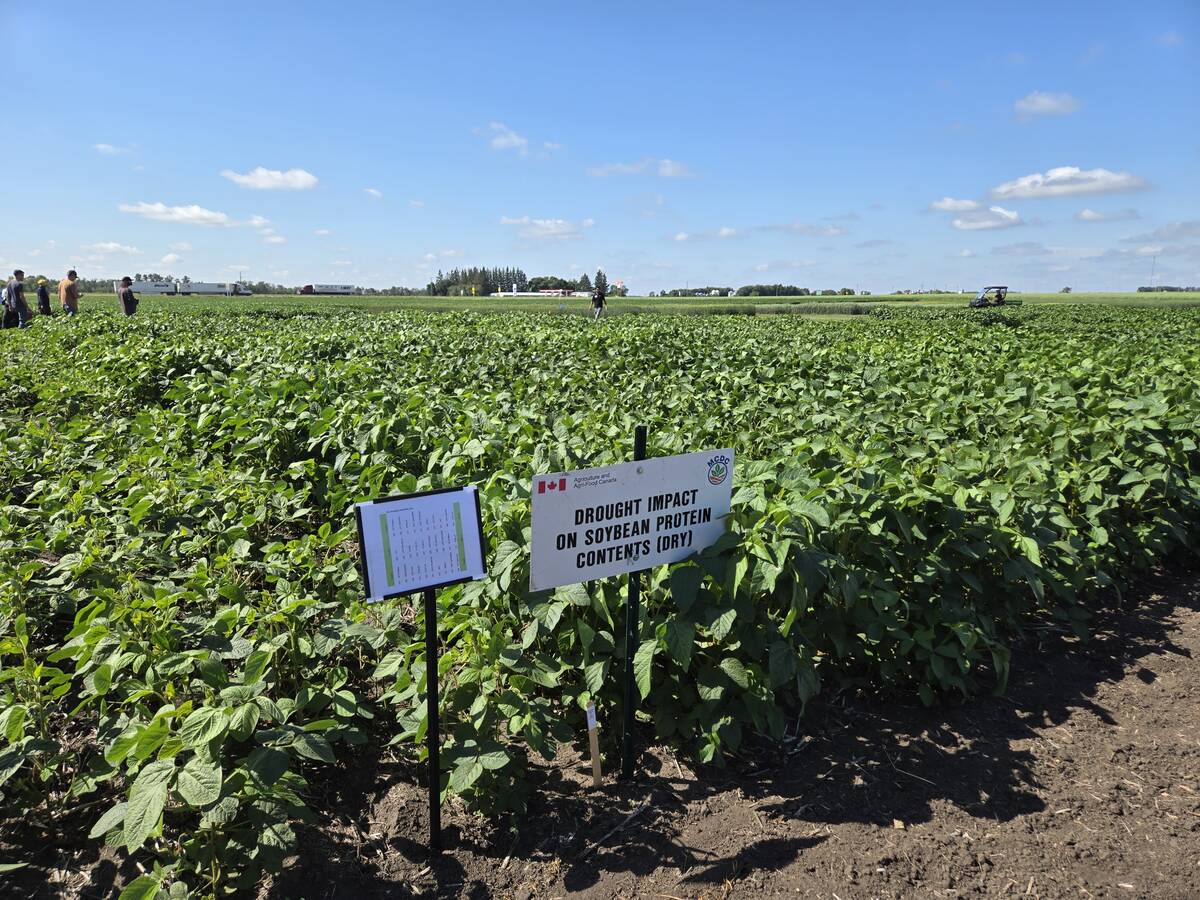SCOTT, Sask. – There’s an easy way to tell the difference between the larvae of diamond-back moths and Bertha army worms.
If you touch them, diamond-back moth larvae will wriggle away. But Bertha larvae will curl up in a tight ball, Agriculture Canada entomologist Bob Elliot told farmers attending the annual field day at the department’s experimental farm.
For canola growers, knowing the difference is crucial. The economic threshold for treating a canola crop with insecticide is much different for each pest.
A crop can tolerate an infestation of 200-300 diamond-back moth larvae per square metre – between four and six larvae per plant – before potential yield losses justify applying insecticide.
Read Also

Carberry field day looks for agriculture solutions
Manitoba farmers explored research solutions for resilient crops, perpetual agronomic issues and new kinds of agricultural products at a field day at the Manitoba Crop Diversification Centre in Carberry on Aug. 6.
But the crop has far less tolerance to Bertha army worm larvae. Just 15-25 larvae per square metre, or one larvae for every four to six plants, can cause yield losses.
And Elliot cautioned that these numbers are based on an average crop density of 50 plants per square metre.
The best method to find the pests is to pull some plants by their roots and beat them on the hood of your vehicle to dislodge the pests.
Then you can count the number of larvae per plant, and decide whether insecticide is necessary.
Producers should also check whether the pests are still feeding on the foliage of the crop, or have migrated up the stem to feed on the blossoms and eventually the pods.
“If that happens, then beware,” he said. Elliot also offered advice if the decision has been made to apply insecticide.
Decis tends to work better in cooler weather, whereas malathion is more effective when it’s hot.
He also cautioned farmers to have a close look at the label of each product.














